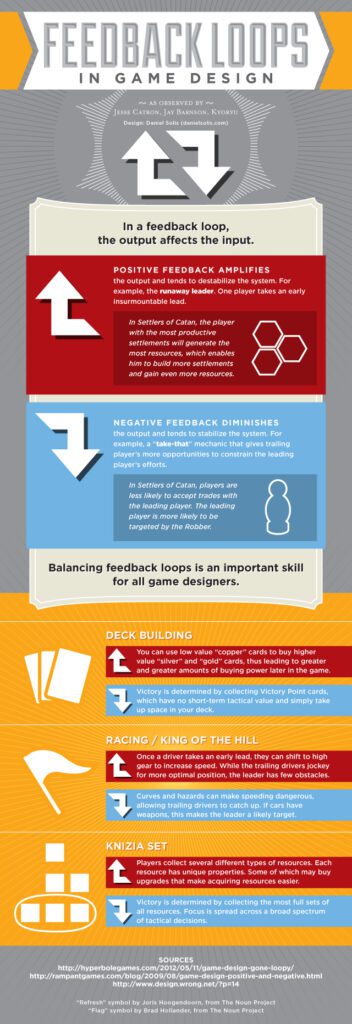The success of creating a satisfying gameplay experience relies heavily on the input and feedback from players during the game design process. Gathering player feedback can be done through closed beta tests, focus groups, surveys, and social media engagement. Players who feel that their feedback is valuable are more likely to invest in a game’s development and share it with others, increasing exposure and revenue for developers. Integrating player feedback requires balancing player concerns with the creative vision of the game. Overall, incorporating player feedback into game design is crucial for creating a game that resonates with players and creates engagement and community within the gaming community.
Heading 1: Introduction
The process of creating a successful game is a complex and multi-tiered process that requires careful attention to detail and a deep understanding of the needs and desires of players. At the heart of this process is the importance of player feedback in game design, which serves to guide developers towards the creation of a satisfying gaming experience.
Heading 2: The Role of Player Feedback in Game Design
Player feedback is essential in the world of game design, as it informs the direction and overall experience of a game. By soliciting feedback from players, developers can gain insight into what works and what doesn’t work in a game, which can help them make adjustments and improvements to the final product.
In addition to providing valuable feedback, player input can also facilitate engagement and create a sense of community within the gaming community. Players who feel that their feedback is valued are more likely to become invested in a game’s development and share it with others, which can result in increased exposure and revenue for developers.
Heading 3: Gathering Player Feedback
There are many ways that developers can gather feedback from players throughout the game design process, including closed beta tests, focus groups, surveys, and social media engagement. Each of these methods has its own unique advantages and disadvantages, and developers must choose the one that best fits the scope and goals of their project.
Closed beta tests involve inviting a select group of players to test the game in a controlled environment and provide feedback to the development team. This allows developers to get a sense of how players will react to different aspects of the game and make changes accordingly.
Focus groups involve gathering a group of players in a room to discuss and provide feedback on the game. This method is useful for identifying key issues and areas of improvement, as well as determining what aspects of the game resonate most with players.
Surveys can be sent out to a large number of players to get a sense of how they feel about different aspects of the game, such as gameplay mechanics, visuals, and overall enjoyment. This method is useful for getting a broad range of feedback quickly and easily.
Social media engagement involves interacting with players on social media platforms such as Twitter and Discord to get feedback and build a community around a game. This method is useful for maintaining engagement with players throughout the development process and generating excitement for a game’s release.
Heading 4: Integrating Player Feedback into Game Design
Once feedback has been collected, it is up to the development team to analyze the data and make informed decisions about how to incorporate it into the game design. This requires a careful balance of addressing player concerns while staying true to the creative vision of the game.
In some cases, player feedback may require significant changes to the game’s mechanics or design, while in others, it may only require minor tweaks or adjustments. The key is to listen to player concerns and use them as a guide for making informed decisions that will ultimately result in a more satisfying gaming experience.
Heading 5: Conclusion
In conclusion, player feedback is a crucial component of game design, providing valuable insights into the desires and needs of players. By soliciting feedback throughout the development process and using it to guide design decisions, developers can create a game that resonates with players and creates a sense of engagement and community within the gaming community.
